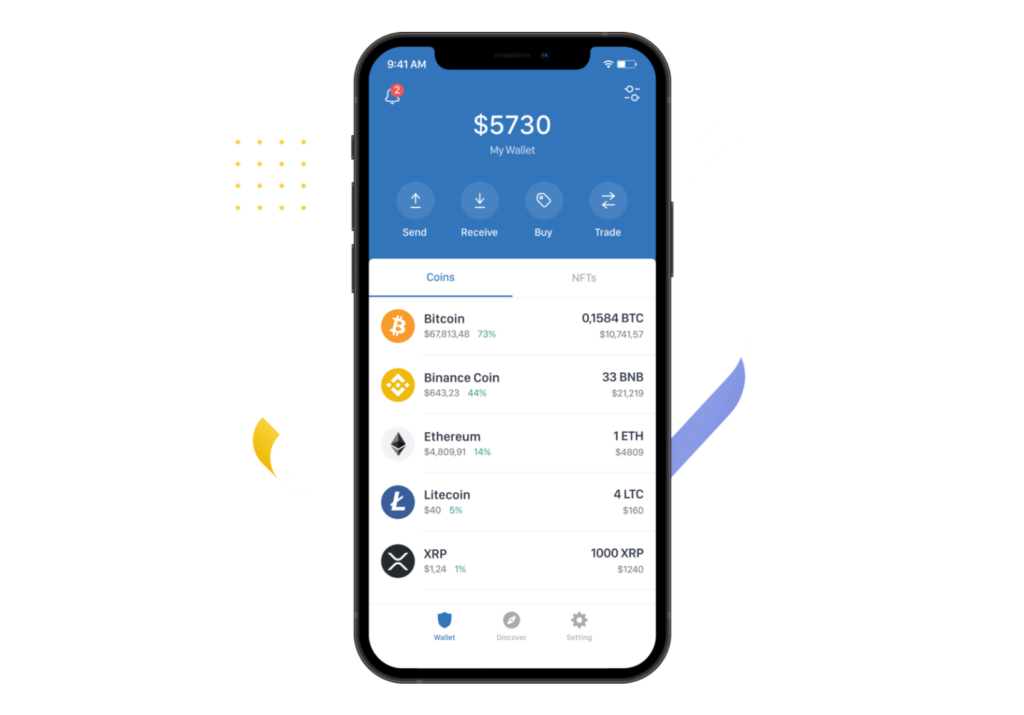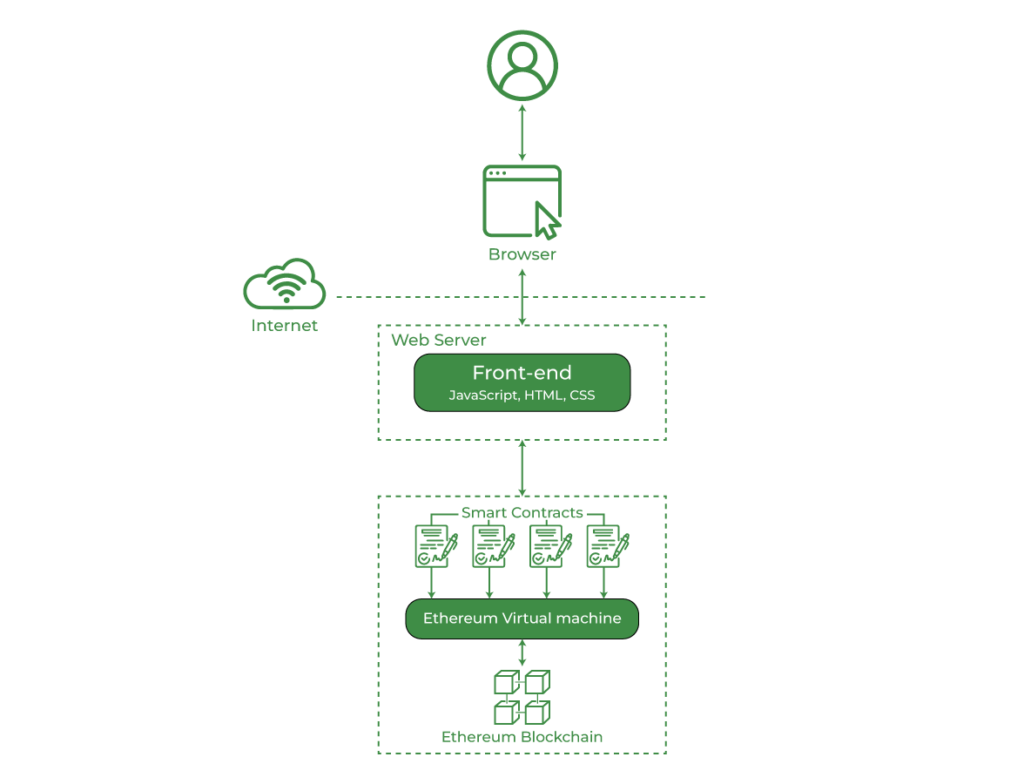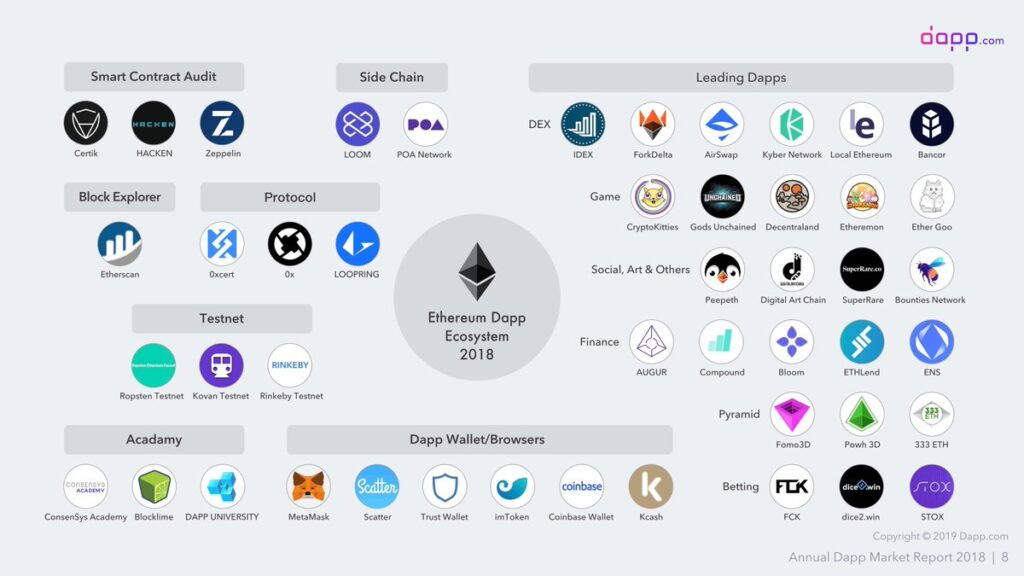Blockchain Wallets: A Beginner’s Guide to Developing Your Own Ones
06/03/2023
1.61k
Table of Contents
An article that provides an overview of blockchain wallets and how to develop one.
A blockchain wallet is a digital wallet that allows users to store, send, and receive cryptocurrencies such as Bitcoin, Ethereum, and Litecoin. Blockchain wallets are secure, decentralized, and transparent, and they provide users with full control over their funds. In this article, we’ll provide an overview of blockchain wallets and explain how to develop them on your own.
What is a blockchain wallet?

A blockchain wallet is a software application that allows users to manage their cryptocurrency holdings. It interacts with the blockchain network to receive and send cryptocurrency transactions. Blockchain wallets are decentralized, which means they are not controlled by any central authority, and they are secured using private keys.
Blockchain wallets come in different forms, including desktop, mobile, and web-based wallets. They can also be hardware wallets, which store users’ private keys on a physical device, making them less vulnerable to hacking attacks.
How to develop a blockchain wallet?

Developing a blockchain wallet requires a good understanding of blockchain technology, programming languages, and security best practices. Here are some general steps that you can follow to develop your own blockchain wallet:
Choose a programming language
The first step in developing a blockchain wallet is to choose a programming language. There are Some popular choices include JavaScript, Python, and Java. You’ll also need to familiarize yourself with blockchain-specific languages such as Solidity, which is used to write smart contracts on the Ethereum blockchain.
Choose a development framework
There are several blockchain development frameworks available that can help you build your wallet more quickly. These popular ones include Ethereum’s Truffle, Parity, and Embark.
Choose a blockchain platform
There are several blockchain platforms available, each with its own strengths and weaknesses. Bitcoin and Ethereum are two of the most popular blockchain platforms, but there are others as well.
Develop your wallet’s front-end
Once you’ve chosen your programming language, development framework, and blockchain platform, you can start developing your wallet’s front-end. This step includes designing the user interface and writing the code to implement it.
Develop your wallet’s back-end
The back-end of your wallet will interact with the blockchain network and handle transactions. This includes writing the code to communicate with the blockchain network, as well as implementing security measures to protect users’ private keys.
Test and deploy your wallet
Before launching your wallet, you should thoroughly test it to ensure that it works correctly and securely . Once your wallet is ready y, you can deploy it to a production environment.
Tools and services for developing a blockchain wallet

Developing a blockchain wallet from scratch can be a challenging process. Fortunately, there are several available tools and services that can help you get started more quickly. Here are some popular options:
BlockCypher
BlockCypher is a cloud-based blockchain platform that provides tools and APIs to building blockchain applications, including wallets.
BitGo
BitGo is a blockchain security company that provides a range of services, including multi-signature wallets, hot wallets, and cold storage.
MyEtherWallet
MyEtherWallet is a web-based wallet for the Ethereum blockchain that provides an easy-to-use interface to manage the Ethereum and ERC20 tokens.
Conclusion
Blockchain wallets are a critical component of the cryptocurrency ecosystem. They provide users with a secure and decentralized way to store, send, and receive cryptocurrency transactions. Developing a blockchain wallet requires a good understanding of blockchain technology, programming languages, and security best practices. With the right tools and knowledge, however, it’s possible to create a powerful and secure wallet that meets the needs of users.
Related Blog





















